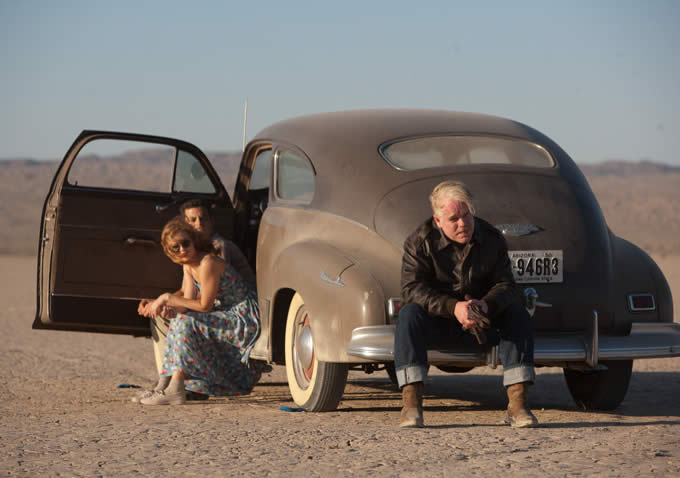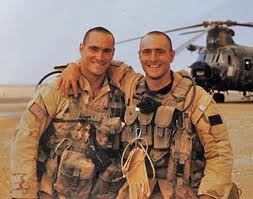
San Francisco Chronicle movie critic Mick LaSalle recently wrote “Very few movies need to be longer than two hours. Directors should make movies, not take hostages.” He’s right.
Some filmmakers seem to have the mistaken view that length conveys importance. It does not. What makes good movies good – unpredictable plot, intriguing characters, evocative settings and singular visuals – can be accomplished in 90 minutes. A movie only needs to be longer if the sweep of the story requires it.
Sometimes it is necessary, but length itself never makes a movie better. It does make a poor movie more unbearable. The opening sentence of my comments on the ponderous The Dark Knight Rises was, “Well, there’s 2 hours and 44 minutes that I’ll never get back.” A much better franchise movie, Skyfall took two hours 23 minutes – but how much was really the action spectacle and Bond coolness that we were looking for? The Master was two hours 24 minutes long, but only the first 110 minutes was good; a potential masterpiece just fizzled out, trying to find an ending.
For some movies, being overlong is the fatal flaw. I wrote about A Royal Affair: “It’s a romance and tragedy of operatic depth, and, unfortunately, operatic length. It would make a gripping 90-minute film, but A Royal Affair slogs through 137 minutes. As a result the sharpness of the tragedy becomes dulled into mere grimness.”
Its 2 hours and 47 minutes duration was the only imperfection in In the Family. I wrote: “There’s probably a 130 minute indie hit somewhere inside In the Family.” If it lost half an hour, In the Family would have made my list of the year’s best movies.
Of course, an epic like Lawrence of Arabia needs to be long. That’s why this year’s Cloud Atlas needed over two hours to cover its six story threads across six centuries. With this year’s Once Upon a Time in Anatolia, the leisurely pace and long length were key to its hypnotic appeal.
But my current pick for top movie of 2012, The Kid with a Bike, is only 87 minutes long. Looking at this year’s other best movies, Elena, Bernie, End of Watch, Headhunters, Moonrise Kingdom, Rampart, and The Sessions, are all well under two hours. (At 122 minutes, Silver Linings Playbook, is also under two hours if you leave during the end credits.)



